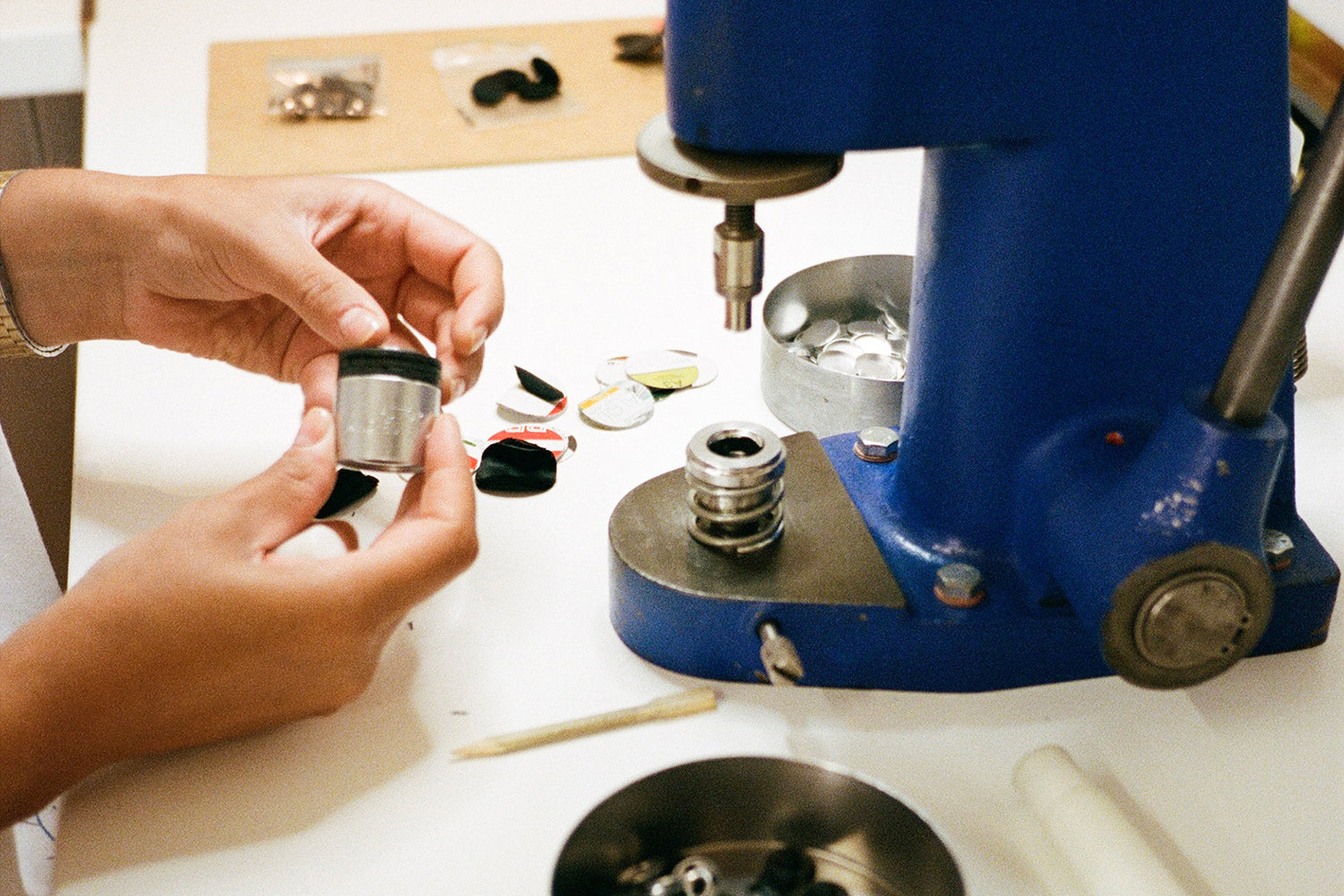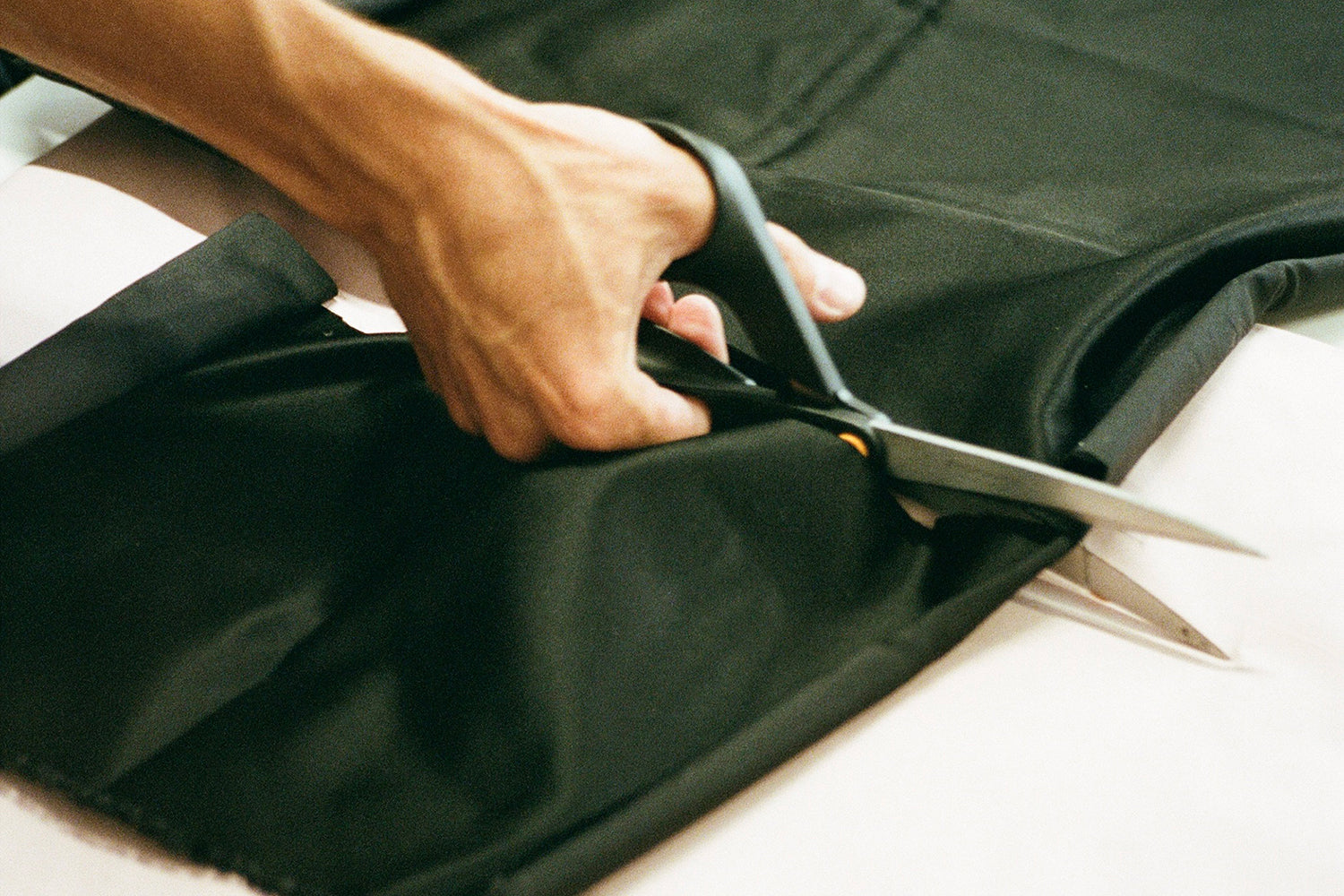
Viscose: an eco-responsible material?
At Facettes, we are working to make fashion more circular and responsible. In this eco-responsible approach, we have chosen to upcycle materials and ban synthetic materials in order not to contribute to micro-plastic pollution. This does not exclude artificial materials like viscose, which we sourced for our Diana crepe jacket as well as ourlinen and viscose twill jacket . Spoiler, viscose is not an eco-responsible material. We thought it was worth a few explanations.
What is viscose?
Viscose (sometimes marked CV on composition labels) is an artificial material made from wood via an industrial and chemical process. We obtain a cellulose fiber which is neither natural nor synthetic, it is called “artificial”, that is to say it comes from natural fibers but chemically transformed.
Viscose is a fiber that can be used in many fabrics and knits: we can make viscose jersey, viscose crepe, viscose satin, etc.
Is viscose eco-responsible?
Viscose is often presented by brands as an ecological and sustainable material because it is made from natural wood fibers (often bamboo or eucalyptus). However, its chemical conversion is a very polluting process, from the plant to the transformation into fiber.
Cultivating the plant (cotton, bamboo or eucalyptus) requires in most cases the use of pesticides and insecticides, as well as a large quantity of water and contributes to deforestation.
During the processing of the plant into fiber, chemical solvents are used to process the natural fibers, generating harmful waste disrupting our ecosystems. It also requires a significant quantity of water and wood cellulose, thus contributing to deforestation in favor of intensive monocultures of forests intended for its exploitation. Finally, it is generally produced in countries where the regulation of working conditions is less developed than in the West.
Traditional viscose, that is to say not certified, is therefore not an eco-responsible material. There are some more responsible alternatives than traditional viscose.
What are the alternatives to viscose?
Tencel (or lyocell) is a cellulosic fiber just like viscose but whose manufacturing process is patented and recycles 99% of the caustic soda used in the chemical manufacturing process. This makes it possible to use less water resources (5000 liters of water to produce 1kg of cotton, less than 1000 liters for Tencel) and to release less chemical waste into wastewater.
EcoVero® viscose is a type of viscose made from sustainable wood from forests labeled FSC or PEFC (Forest Certification Recognition Program.) The fabric is made in Austria by the Lenzing company, known for its sustainable sourcing practices.
There are other suppliers of fabric dormant stocks, which have developed in recent years, but Nona Source has real advantages such as a certain traceability of fabrics. We have complete information on the composition of each fabric, as well as the country of origin of the material's weaving. This is already very good for upcycling, as some suppliers do not have this information at all.
On the other hand, we do not necessarily have information on the country of origin of the raw material, nor on any fabric labels, but Nona Source is working on developing this information.
Why do we use viscose at Facettes?
We only use upcycled materials from dormant stocks of French and Italian luxury houses, which are stocks normally intended to be thrown away. We have banned synthetic materials which contribute to micro-plastic pollution: we therefore source mainly natural materials and some artificial materials, including viscose.
Our navy blue crepe jacket is made from a viscose cady crepe, a material that is both fluid and heavy, which holds up, with a very elegant matte appearance.
Oursummer twill blazer is made from a linen and viscose blend twill, for a material that is both light and elegant, with the appearance of linen, but which wrinkles less thanks to the viscose.
We only use upcycled viscose, which remains a traditional viscose, but revalorize already existing materials.
Upcyling makes it possible to limit waste, limit the use of natural resources, as well as avoid an industrialization process with a heavy environmental impact.
Consult our upcycled materials guide to discover all our materials and colors sourced for our limited series collections.







